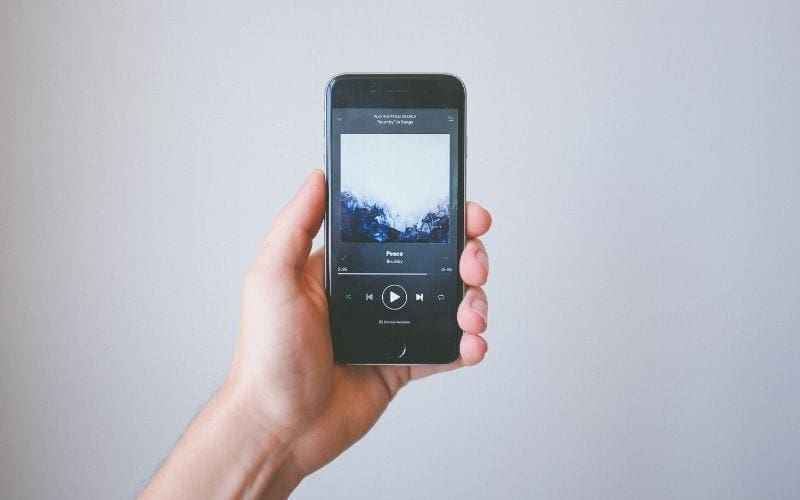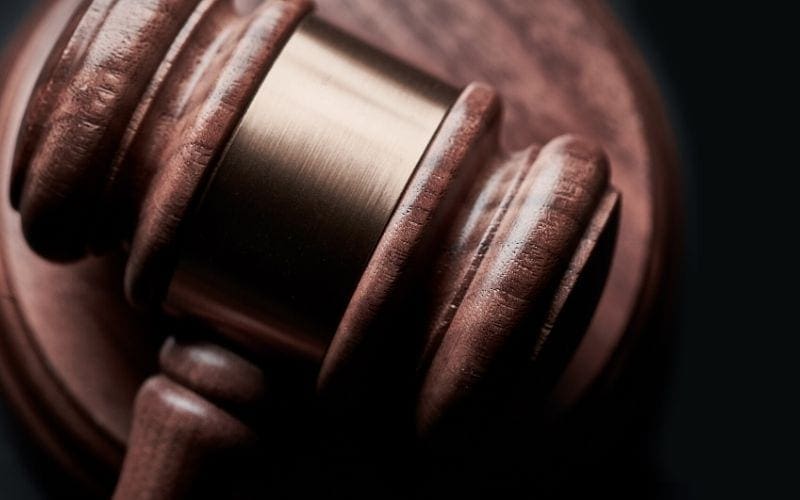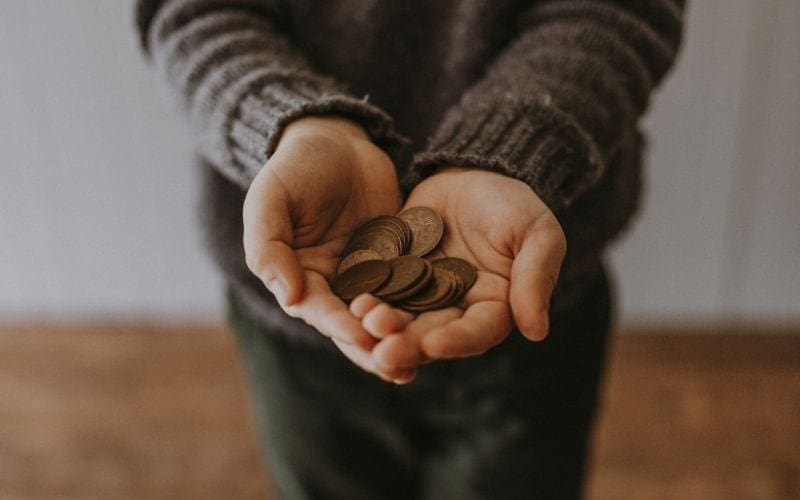With the growing use of online collaboration and with music production becoming available to everyone, more and more people are getting involved in the musical landscape. As a fast-growing and evolving business, there are many areas to know about if you wish to get fair compensation. Neighbouring Rights are increasingly becoming a major player in revenues for performers all around the world.

Up until recently, this misunderstood side of the business received very little attention. It was often ignored or unknown to most musicians. Having consistently grown in the past 10 years, Neighbouring Rights is now a steady royalties stream. One that generates several billion dollars a year worldwide.
This article will explain the basics of Neighbouring Rights. We’ll look at the intricacies which differentiate them from Copyright, who is eligible, and where to collect from.
What Are Neighbouring Rights?
Generally speaking, Neighbouring Rights are the remuneration for public performance on a recording to the performers. (With a share also distributed to the record labels).
Public performance is the non-interactive broadcast of a master recording to an audience. This entails television broadcasts and radio broadcasts. Radio broadcasts can be terrestrial radio or online radio. It also includes public performances which happen when your barbershop, local pub, or supermarket broadcast music within their premises.

By this definition, streaming via the likes of Spotify or Deezer does not fall under the Neighbouring Rights umbrella. Why? It is an interactive service, meaning the end-user can interact with the music by picking the song, skipping, or rewinding. Like Copyright, Neighbouring Rights are collectable for performers and master owners.
If you haven’t signed up for Spotify Premium yet – what are you waiting for?! Sign up now to enjoy unlimited ad-free music, anywhere!
On top of rights stemming from public performance, Neighbouring Rights also entail rental, lending, and private copy revenues. You may also know private copy as blank tape levy. This is a name that comes from the sales of blank physical mediums like CDs or USB sticks.
As mentioned before, Neighbouring Rights do not cover streaming royalties. However, Spain is the very first territory to pay out Neighbouring Rights royalties from interactive streaming services. This is due to the local legislation, which allows them to get a share of the pot of money.
Copyright and Neighbouring Rights
Royalties
The clear number one difference between Copyright and Neighbouring Rights is who the royalties are intended for. On the Copyright side, the writers are the recipients. On the Neighbouring Rights side, the performers are the ones being paid.
As an example, when Guns N’ Roses cover Bob Dylan’s ‘Knocking on Heaven’s Door’, Guns N’ Roses will get the Neighbouring Rights to share, while Bob Dylan will get the Copyright share.
Collecting Societies

Another major difference between the two is the way remuneration is calculated. Copyright relies on all parties involved to agree to split the writing credits. Whilst in Neighbouring Rights, the collecting societies (CMOs) dictate their own rules which cannot be overridden. (More details on this below).
Just like in Copyright, the individual CMOs (which stands for Collective Management Organization) are responsible for collecting and distributing royalties to the performer. The CMOs are non-profit entities that are usually (but not always) public. They work out the licenses, the calculation of the distributions, and the payouts.
In Neighbouring Rights, the CMOs tend to be separate entities from Copyright, but in some territories, both sets of rights will fall under the same organization. In copyright, you have Performing Rights Organizations (PROs) who do the same job. Learn more about this and the different PROs in our guide to ASCAP, BMI, and SESAC. Or if you’re in the UK, have a look at PRS For Music Explained.
Neighbouring Rights Royalties: Rome Convention & WPPT

In 1961, the Rome Convention treaty was redacted and signed by a number of territories. This treaty recognizes the performers’ rights and was the founding stone of the Neighbouring Rights as they exist today. Despite all major players in the music business signing the treaty, the United States did not sign it. To this day, the US doesn’t pay royalties for terrestrial radio usage, despite multiple attempts to change the legislation.
Nonetheless, in 1996, to adapt to the new world based on modern technologies, a new separate treaty was redacted. This is known as the WPPT. This treaty expands Neighbouring Rights to digital broadcast, with one of the new signatories being the United States. Despite only signing the WPPT, the US is the number one country in total Neighbouring Rights collections every year.
Non-interactive streaming was one of the new usages covered by the WPPT which is immensely popular in the United States. Online radios (i.e Pandora, Sirius XM, iHeart) are widely used in the US and this explains the high revenues from that territory. No public performance rights (i.e. retransmission in public places) exist in the United States nonetheless, which is a rare exception.

A few notable signatories of the Rome Convention include all of the EU countries, Brazil and Australia. (Australia was a particular case for holding reservations).
Because not all countries worldwide have signed the Rome Convention, each individual territory has come up with its own qualification rules. They’ve all done this in an attempt to distribute the Neighbouring Rights revenues in a fair fashion.
Neighbouring Rights Royalties: Performers Qualification Rules
As a general rule of thumb, to get compensation, a performer needs to have brought an audible contribution to the master recording. In reality, there are specific roles that will grant you access to your royalties.
First of all, vocalists or instrumentalists are all eligible for payment. Unlike copyrights, where the original writer of the song will get compensation, in the Neighbouring Rights world, the person performing is the one that gets paid. All performers will receive their share of Neighbouring Rights monies. That’s whether they are credited featured artists or session musicians (from a guitar player to a hand-clapper).
Differing Legislation Globally

As the legislation differs from one country to another and while most territories do not regard producing as a qualifying role, some countries (e.g. Germany) will grant payments for producers too. This being said, mixing and mastering are seen worldwide are non-qualifying roles. All despite arguably bringing an audible contribution to the final recording.
Alongside deciding on who gets paid, the local legislation also dictates the percentage of each recording that each performer gets. In some territories, the splits are based on a point system. These are instances where the more instruments you play the more points you get.
In other territories, they allocate separate pots of money to the contracted featured artists (meaning the performers listed as the band or main artist) and session musicians. This money is then split between the number of performers in each category. Generally, the rules have been made to ensure that a contracted featured artist always earns more than a session musician.
Distribution

Although the basics are easy to explain, the distribution rules for Neighbouring Rights can sometimes be a bit of a headache. On top of a restriction on roles performed, most CMO will also have rules based on the citizenship (or residency) of the performer and/or around the recording metadata. (i.e. country where the master owner is from or the country where the performance was recorded). The societies are free to set up their own rules, explaining why they vary so much between countries:
- In the UK, a performer must be a citizen or resident of a Rome Convention signatory territory at the time of recording or must have recorded their performance in a Rome Convention territory.
- In Denmark and Sweden, the performance must have been recorded in a Rome Convention territory or must have been funded by a label based in a Rome Convention country. Denmark also regards the country of mastering as a qualifying criterion, despite mastering engineers not being eligible for payment…
… just to cite a few examples.
Nonetheless, a lot of countries disregard the Rome Convention territory list and opt for the solution of paying everyone. This is, for instance, valid in Brazil, Spain, Germany, and a lot of the Eastern European territories.
The principle of reciprocity is also used in Belgium, for example. Here, should another country pay Neighbouring Rights royalties to Belgian citizens, Belgium will in return pay Neighbouring Rights royalties to the citizen from that said territory. Reciprocity is one of the reasons why many territories do not pay US citizens for terrestrial broadcasts, as they don’t pay for this right.
Neighbouring Rights Royalties: Rights Holders Qualification Rules
Just as for performers, rights holders need to comply with the CMO’s rules to get compensation for Neighbouring Rights.
On a global scale, rules for rights holders tend to be simpler and less strict. Often, the rights holder simply needs to be based in a Rome Convention territory to be eligible for payment. For neighbouring rights in the UK, rights holders also receive compensation from the revenues of performers who do not qualify. They do this rather than redistributing it to the qualifying performers.
How much should I expect?

Revenues will vary massively from one performer to another, yet it is fair to say that a contracted featured artist will always receive at least three times the amount a session musician will.
Nonetheless, both featured artists and session musicians can really make a living out of Neighbouring Rights royalties. Financially speaking, the amount can go up to several hundred thousand dollars a year if the songs are very successful and get a lot of broadcasting.
Of course, it depends on many different factors: where the songs are played (some territories will pay higher values than others), what medium are they broadcasted from (the bigger the TV or radio channel is, the more money you will get compensated for). Finally, most importantly, do you qualify as per the CMO’s rules?
In general terms, a European performer who records in Europe on a European label will get compensation from all territories as long as there is the usage of their material. To receive your remuneration, you will have to sign up with the individual local CMOs directly or use a specialized Neighbouring Rights agent which will do the registration work for you. It is worth researching the different options to make sure to sign up with an entity who understands the intricacies of the rules and can ensure your earnings are maximized.
For rights holders, remuneration is also non-negligible. From the total pot of money, rights holders and performers get to share on a 50/50 basis. This will vary from territory to territory but is widely acknowledged as the general rule.
Get Performing!

The only way to make sure you will eventually receive Neighbouring Rights royalties is to perform on recordings. Keep in mind that any instrument goes in terms of qualification. No matter what you do, make sure you have documented everything. Make sure that in the event the CMOs ask for evidence regarding your performance, you can provide it to them.
The rights holder should issue a label copy with all the details of the recording process documented and if you have been featured on the song as a session musician, make sure your name is on it.
Neighbouring Rights are constantly growing and are now seen as a very serious source of income. It would be a shame to miss a single penny from it. Keep in mind that most territories will pay out claims from previous years (based on the date of broadcast, usually up to three to five years retroactively) so even if you have never claimed your performances, now is not too late.









